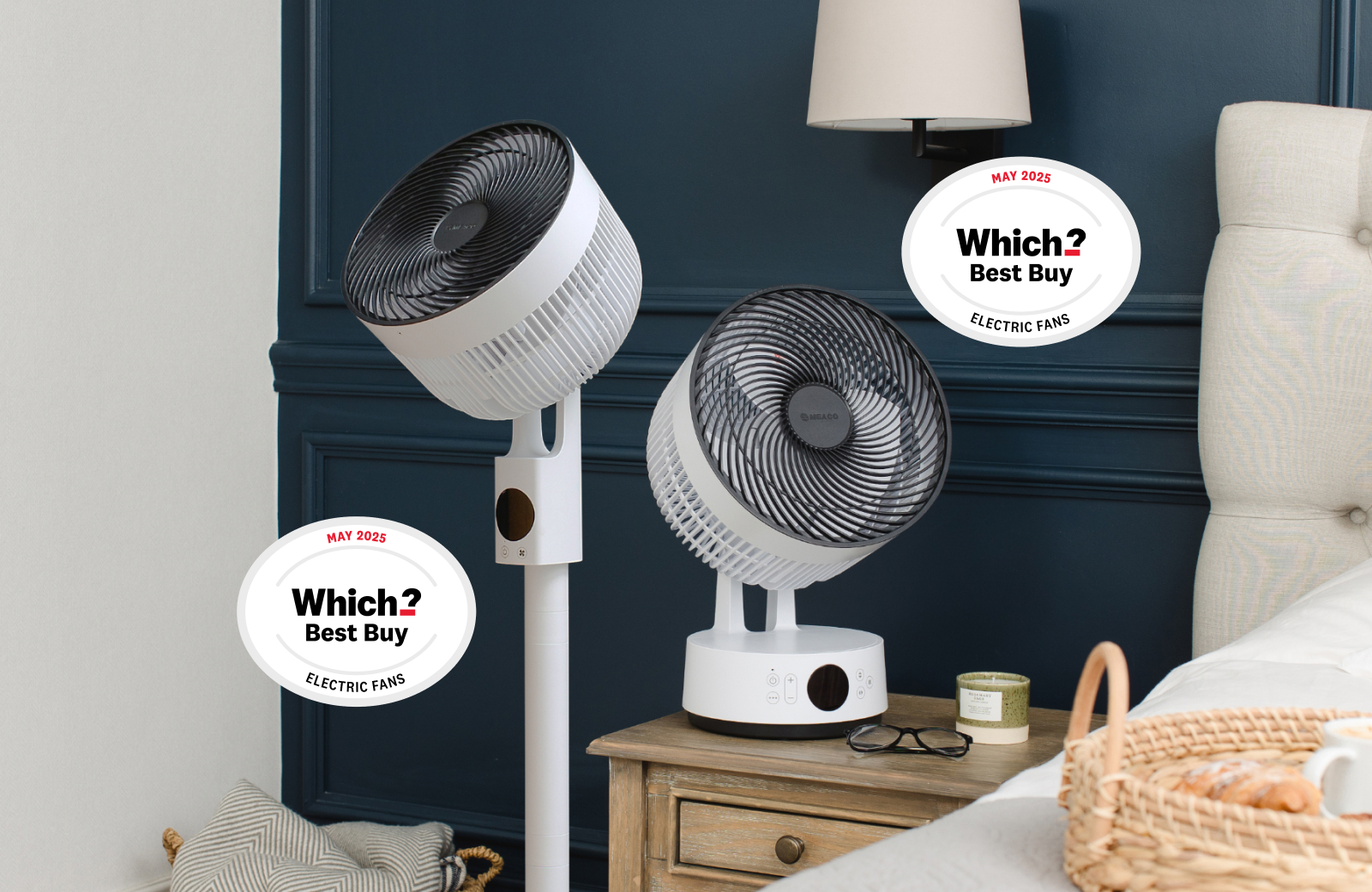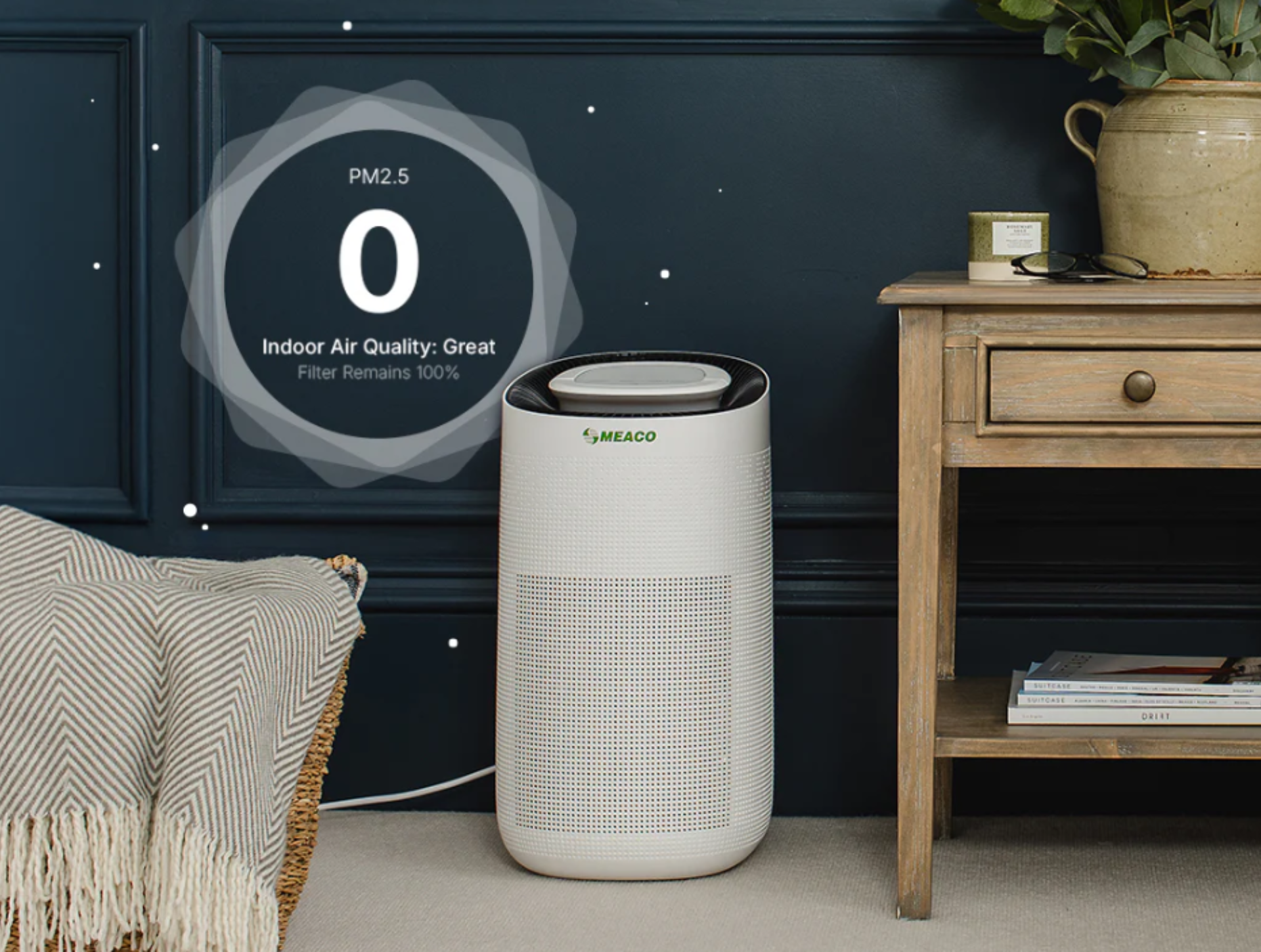Up to 35% of people will at some stage suffer an allergic reaction, this figure is high but not as shocking as the statistic that around 50% of children have been diagnosed with an allergic condition. Allergic reactions are caused by many different substances with the most common being;
-
Pollen from trees or grasses
-
Mould spores
-
Dust Mites
-
Food – most commonly dairy products and some nuts
-
House dust
-
Stings
-
Medicines
The degree of reaction varies from person to person and the particular allergen, for some we are talking about mild irritation and for others it can be life threatening. As a dehumidifier manufacturer our focus has always been on airborne allergens, most obviously the ones that are damp related – dust mites and mould spores.

Dust mites live in your bed and reproduce faster when the relative humidity is above 60%rh, when you think that the average relative humidity in Britain is often above 80%rh you can see that we have a problem here. It is the droppings that people are allergic to. Once they are in the air they can be breathed in and then some people have an allergic reaction.
Studies show that if you can reduce the relative humidity to below 50%rh then you can greatly reduce their reproduction rate and since they have a short life cycle this can be an effective means of control.
Mould spores are the seeds of mould that are released into the air to create more mould. Once again they are inhaled and can caused a reaction in your respiratory system. Mould grows where a material has a high moisture content (i.e. something that is wet or damp) and then the speed of that growth is then determined by the relative humidity of the air. The higher the relative humidity the faster the mould grows and the bigger it becomes. This is why mould is most often found in bathrooms and utility rooms. Mould also likes cold walls with little air flow, this is why mould is often found at the back of built in cupboard or wardrobes on north facing walls.
So you can see why a dehumidifier is linked with having a beneficial effect in the home to create a healthier environment. But what about those other airborne nasties like pollen and dust?
Desiccant dehumidifiers like the Meaco DD8L have an ioniser which will have some effect on dust in the immediate surroundings as it will discharge ions into the air which attach themselves to dust. This new, heavier, particle will fall to the floor ready to be vacuumed up. An ioniser is useful but it is a leap of faith because you cannot see the ions and on a carpeted floor you will probably not notice the increased dust (depending on how often you clean!). What people really like is a filter that traps pollutants and allows you to really see everything that it has caught. This is where HEPA filters come in, very rare on a dehumidifier but very common, for good reason, on air purifiers. Why are they common on air purifiers – because they work.
Firstly, we are talking about true HEPA filters here and not imitations that call themselves near HEPA or HEPA like (or other similar and vague terms). A true HEPA filter meets strict international standards and captures really small particles that would otherwise escape more basic filtration systems. The HEPA filter can capture
-
Pollen
-
Mould Spores
-
Dust
-
Dust Mites droppings
- Pet Dander
All of the airborne material that are on the original list of the allergens that can cause allergic reactions. So if you had a dehumidifier that combined all of the good things that a dehumidifier does in terms of reducing the relative humidity of the air to prevent condensation, mould, damp, discourage Dust Mites from reproducing etc. with proper HEPA air filtration then you would have a piece of kit in the home that really would make a massive difference. The new Platinum range from Meaco does just that, seriously good dehumidification combined with a true HEPA filter to clean the air and get rid of all of those airborne allergens. If you suffer from asthma, eczema, hayfever or other allergies and you also have damp related issues in your house then a dehumidifier like the Platinum Range could make a real positive difference to your life. For further details please click here.
Products featured: Meaco DD8L, HEPA filters








One Response
I often look around the web these days searching solutions to my hay fever. I like to read about new ideas, techniques that I may not have tried before. I really loved reading the posts on your site. Thank you for sharing.